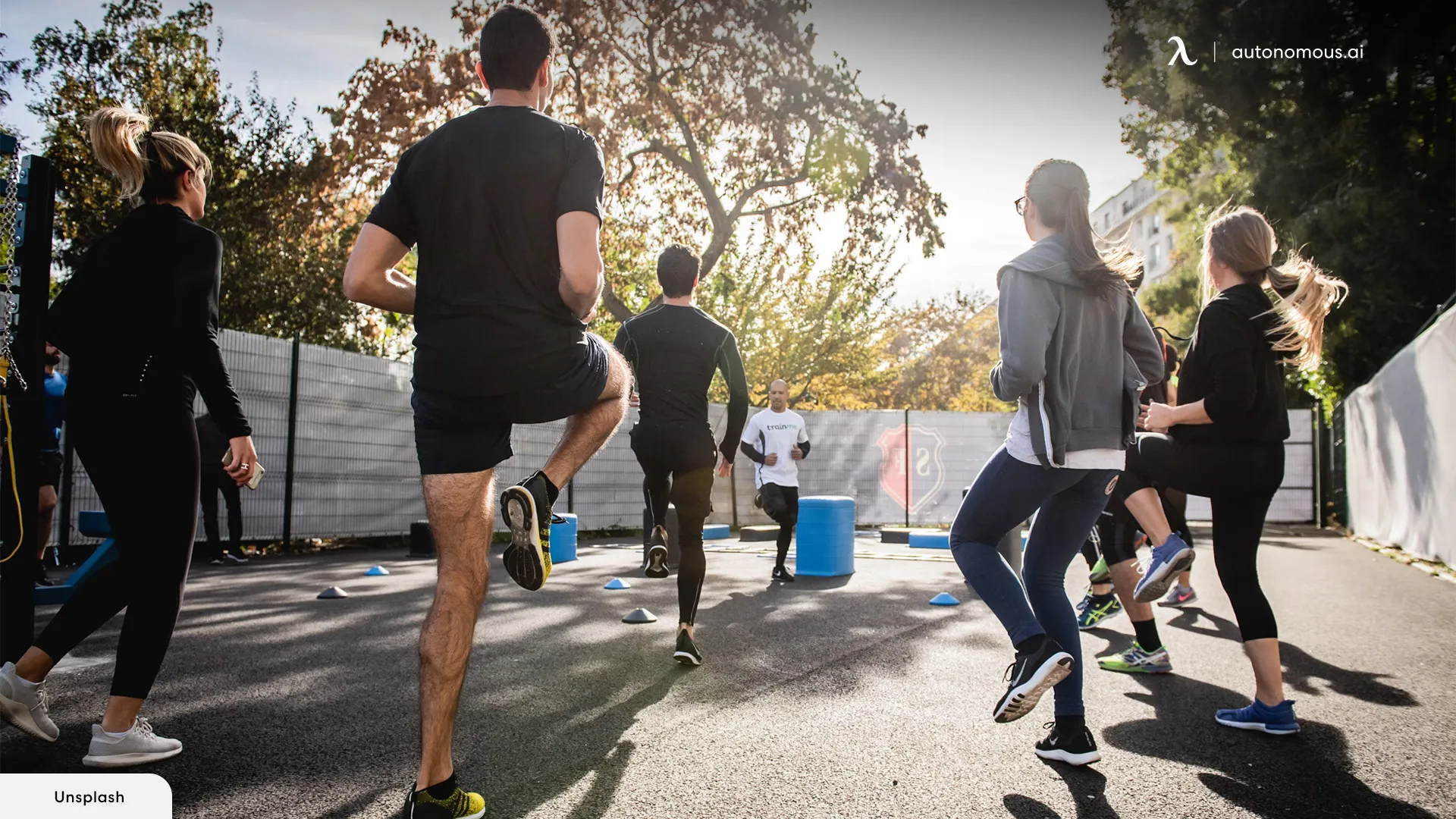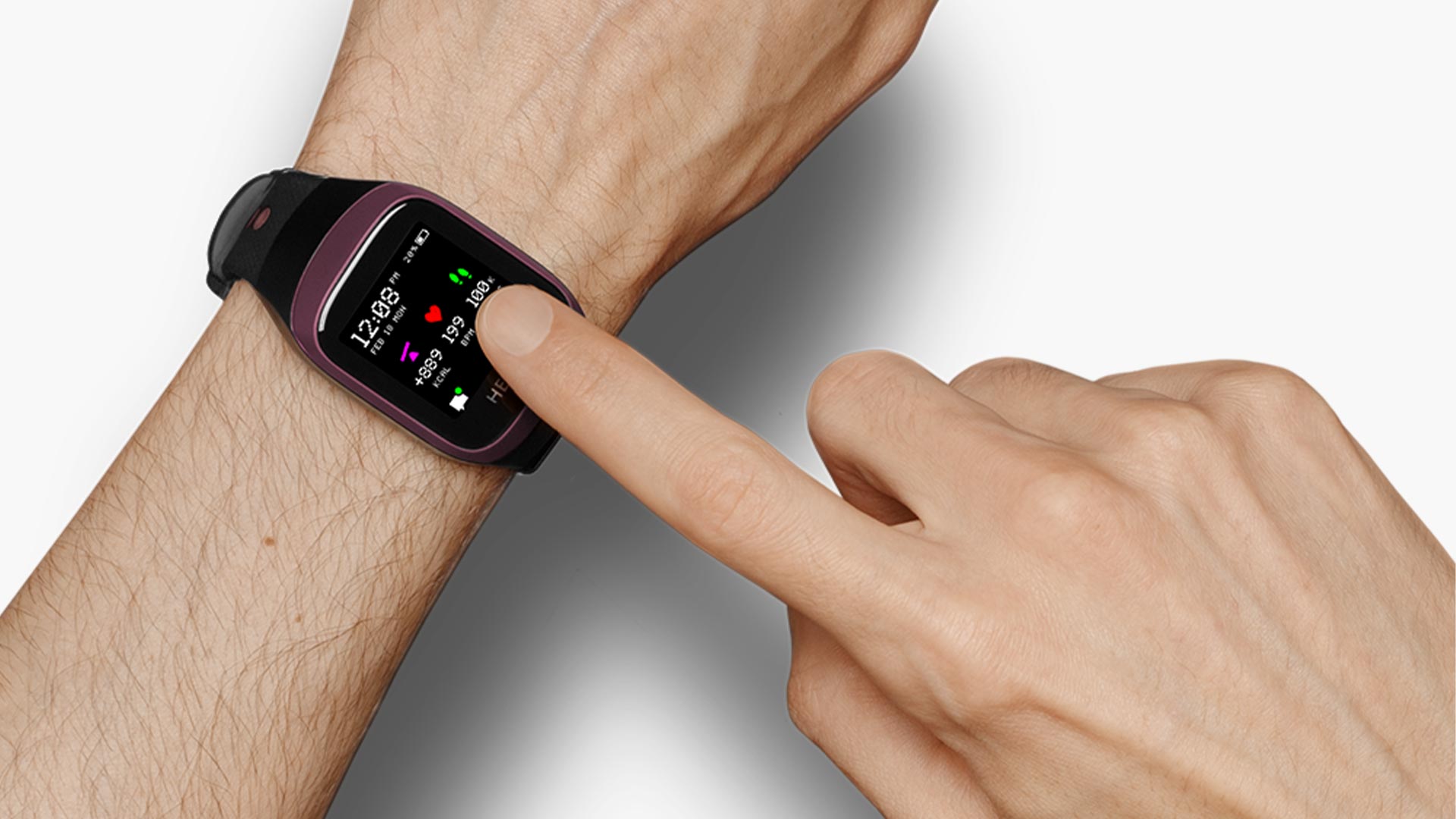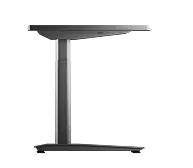
Table of Contents
Jogging remains one of the most effective and accessible ways to burn calories and stay in shape. Whether you're aiming for fat loss, fitness, or simply staying active, understanding calorie burn in jogging can help you plan your workouts more effectively.
This article breaks down how many calories you burn while jogging, what factors influence it, and how it compares to walking. Plus, we’ll show you how to calculate your running calorie loss and make the most of your sessions.
How Does Jogging Burn Calories?
Jogging, like all forms of aerobic exercise, burns calories by increasing your heart rate and engaging large muscle groups—primarily your legs, core, and glutes. The higher your intensity and the longer you jog, the more energy (calories) your body uses. This ties directly into the calories in calories out principle, where creating a calorie deficit through activities like jogging helps with fat loss.
Compared to walking, jogging puts more demand on your body, resulting in higher running calorie consumption. For those focused on weight management, jogging can be a powerful addition to a calorie restriction for weight loss approach, supporting both fat burning and improved fitness levels.
How Many Calories Burned While Jogging?
The calories burned while jogging depend on several key factors:
- Weight: Heavier people burn more calories per minute.
- Speed/Pace: Faster jogging increases calorie burn.
- Duration: Longer jogs naturally burn more calories.
- Terrain: Running uphill or on trails burns more than flat ground.
- Weather & Temperature: Cold or hot weather can slightly increase calorie expenditure.
If you’re wondering how many calories burned while jogging at different speeds, the table below gives you a clear estimate. It shows calorie burn in jogging based on weight, pace, and duration, making it easier to plan your workouts and track your running calorie consumption.
Weight (lbs) | 4 mph (15 min/mile) | 5 mph (12 min/mile) | 6 mph (10 min/mile) | 7.5 mph (8 min/mile) |
125 | ~204 calories/30 min | ~240 calories/30 min | ~300 calories/30 min | ~375 calories/30 min |
155 | ~253 calories/30 min | ~298 calories/30 min | ~372 calories/30 min | ~465 calories/30 min |
185 | ~302 calories/30 min | ~355 calories/30 min | ~444 calories/30 min | ~555 calories/30 min |
125 | ~408 calories/1 hour | ~480 calories/1 hour | ~600 calories/1 hour | ~750 calories/1 hour |
155 | ~506 calories/1 hour | ~596 calories/1 hour | ~744 calories/1 hour | ~930 calories/1 hour |
185 | ~604 calories/1 hour | ~710 calories/1 hour | ~888 calories/1 hour | ~1110 calories/1 hour |
Key Notes:
- 4 mph (15 min/mile) is technically fast walking or very light jogging, suitable for beginners.
- 5 mph (12 min/mile) is a light, comfortable jogging pace for most.
- 6 mph (10 min/mile) is a moderate, steady jog.
- 7.5 mph (8 min/mile) is more of a running pace, where calorie burn increases significantly due to intensity.
Bonus Estimations per Mile:
Weight (lbs) | Calories per mile at 5 mph | Calories per mile at 6 mph |
125 | ~96 calories | ~100 calories |
155 | ~119 calories | ~124 calories |
185 | ~142 calories | ~148 calories |
Jogging Calorie Burn Calculator (Simple Formula)
Want to estimate your jogging calorie burn quickly?
Use this simple formula:
Calories burned per minute = (MET value × weight in kg × 3.5) ÷ 200
- Jogging at 5 mph has a MET value of 8.3.
- Jogging at 6 mph has a MET value of 9.8.
For a 155 lb (70 kg) person jogging at 6 mph:
Calories/min = (9.8 × 70 × 3.5) ÷ 200 = ~12 calories/min.
That’s around 360 calories in 30 minutes.
For an easier way to estimate your calorie burn, many online calculators and fitness apps use this approach and can act as your jogging calorie burn calculator. Some of the best calorie apps make it easy to track your jogging sessions and daily intake.
If you're looking for more holistic options, tools like the BetterMe app or fitness apps for women offer personalized jogging plans alongside wellness features.
Additionally, combining jogging with mindfulness apps like Headspace or Liven app can enhance both your physical and mental focus.
For those battling distractions during remote work or trying to overcome workout procrastination, procrastination app reviews can help keep your fitness and focus on track.

Calorie Burn Jogging vs Walking: What’s More Effective?
One of the most common questions from beginners is whether walking can burn as many calories as jogging. The answer is clear: jogging burns significantly more calories than walking, even at moderate speeds.
This is because jogging requires more effort from your muscles, raises your heart rate higher, and engages more energy to move your body off the ground with each stride.
Below is a side-by-side comparison to help you understand the calorie burn in jogging vs walking based on pace and body weight.
Weight (lbs) | Walking 4 mph (15 min/mile) | Jogging 5 mph (12 min/mile) | Jogging 6 mph (10 min/mile) |
125 | ~204 calories/30 min | ~240 calories/30 min | ~300 calories/30 min |
155 | ~253 calories/30 min | ~298 calories/30 min | ~372 calories/30 min |
185 | ~302 calories/30 min | ~355 calories/30 min | ~444 calories/30 min |
Key Takeaways
- At 125 lbs, jogging at 5 mph burns about 18% more calories than walking at 4 mph.
- At 6 mph, jogging burns nearly 50% more calories than brisk walking for the same time.
- Running calorie consumption increases dramatically with speed and effort, while walking remains more moderate but easier to sustain for longer periods.
If your goal is to maximize calorie burn in a shorter time, jogging is clearly the more efficient choice. However, walking remains a great low-impact alternative for those who are new to exercise, managing injuries, or prefer lower intensity workouts. You can also combine walking and jogging intervals to get the best of both worlds. For example, walking on a treadmill to lose weight can be a safe and effective starting point before progressing to jogging.
Other activities like using a StairMaster to calculate calories burned or aiming for 10,000 steps to burn calories can also help support your daily activity goals if jogging isn't an option.

How to Maximize Running Calorie Loss
Jogging doesn’t have to be complicated or time-consuming to be effective. With a few simple adjustments, you can get more calorie burn from your jogs—perfect for busy professionals looking to balance work, life, and fitness.
1. Use Intervals to Boost Intensity
Incorporate intervals by adding short bursts of faster jogging or sprints into your regular pace. This can elevate your heart rate, boost calorie burn while jogging, and trigger the afterburn effect—where your body keeps burning calories after your jog ends.
Example: Jog at your normal pace for 3 minutes, then increase the pace for 1 minute. Repeat this cycle throughout your session.
2. Include Hills or Incline Jogging
Jogging uphill or using an incline on a treadmill increases muscle engagement and calorie burn. For those who use office gyms or have treadmills nearby, adding incline jogging during breaks or after work can be an efficient calorie booster.
3. Vary Your Route and Surface
Jogging on different surfaces like trails, sand, or grass increases muscular demand and burns more calories than running on flat pavements. If you work in an urban office, look for nearby parks or running tracks to add variety to your routine.
4. Increase Jogging Duration Gradually
While intensity is important, adding 5-10 extra minutes to your regular jog can make a big difference, especially for desk-bound workers looking to offset the effects of prolonged sitting.
5. Combine Jogging with Office Activity
If you’re working long office hours, combining jogging with other small active habits during the day can help maximize your calorie burn in jogging and overall daily movement. This is especially helpful for those following active sitting or other strategies to stay active during sedentary workdays.
Ideas include:
- Jog during your lunch break—even a quick 20-minute jog can burn around 160-300 calories, depending on your weight and pace.
- Keep running shoes at your desk for spontaneous jogs before or after work.
- Take short walking or stair breaks between meetings to stay active throughout the day.
- Use a height adjustable standing desk to reduce sitting time, enhancing your metabolism and complementing your jogging routine.
- Incorporate standing desk exercises to keep your body moving, even when you can’t leave your desk.
- Try a quick work from home workout if you're remote and can't fit in a jog outside.
For office workers, jogging offers an efficient way to combat the sedentary lifestyle while boosting calorie burn, focus, and mood—all critical for high-performing professionals.

6. Track Your Progress Using a Jogging Calorie Burn Calculator
Using a jogging calorie burn calculator or a fitness app can help track your progress, monitor calories burned, and keep you motivated—ideal for office professionals who love data and measurable results.
Understanding the difference between active calories vs total calories is key when analyzing your jogging sessions, as many apps will display both.
Additionally, knowing how your active calories compare to resting calories can give you a clearer picture of your total daily energy expenditure.
If you’re setting goals, you might also wonder how many active calories you should burn a day—jogging is one of the fastest ways to meet those daily targets while fitting into a busy office schedule.

FAQs
Is jogging good for weight loss?
Yes, jogging is an effective exercise for weight loss because it burns a significant number of calories, boosts your metabolism, and can create a calorie deficit when combined with a healthy diet. It also improves cardiovascular fitness and supports fat loss over time.
How many calories does 30 minutes of jogging burn?
On average, jogging for 30 minutes at a moderate pace (about 5-6 mph) burns between 240 and 444 calories, depending on your weight, speed, and terrain.
How many calories do you burn jogging 1 mile?
A general rule of thumb is that jogging burns about 100 calories per mile for most people. Heavier individuals may burn more, while lighter individuals may burn slightly less.
How many calories do you burn jogging 6 miles?
Jogging 6 miles typically burns around 600 calories, though this can vary based on your weight, pace, and route conditions.
How many calories does jogging for 1 hour burn?
Jogging for 1 hour at a steady pace can burn between 480 and 888 calories, depending on your weight and speed.
How many calories does jogging for 20 minutes burn?
In 20 minutes of jogging at a moderate pace, you can expect to burn about 160 to 296 calories, depending on your body weight and pace.
How many calories does jogging 3 miles burn?
Jogging 3 miles usually burns around 300 calories, though this will vary slightly with your weight and pace.
How many calories does jogging for 10 minutes burn?
A 10-minute jog burns about 80 to 148 calories, depending on your weight and the speed of your jog.
How many calories does jogging for 15 minutes burn?
Jogging for 15 minutes can burn approximately 120 to 222 calories, based on your weight and jogging speed.

Final Thoughts
Understanding calorie burn in jogging can help you set clear goals and measure progress. Whether you're using a jogging calorie burn calculator or simply following general estimates, jogging remains a highly effective way to boost your running calorie consumption.
If you want more bang for your effort, consider combining jogging with intervals, hills, or strength sessions. And remember, while running calorie loss is impressive, consistency and smart nutrition will always be key to success.
Sag es weiter

.svg)










